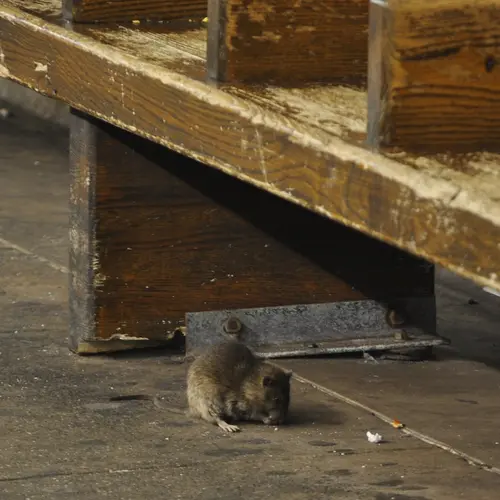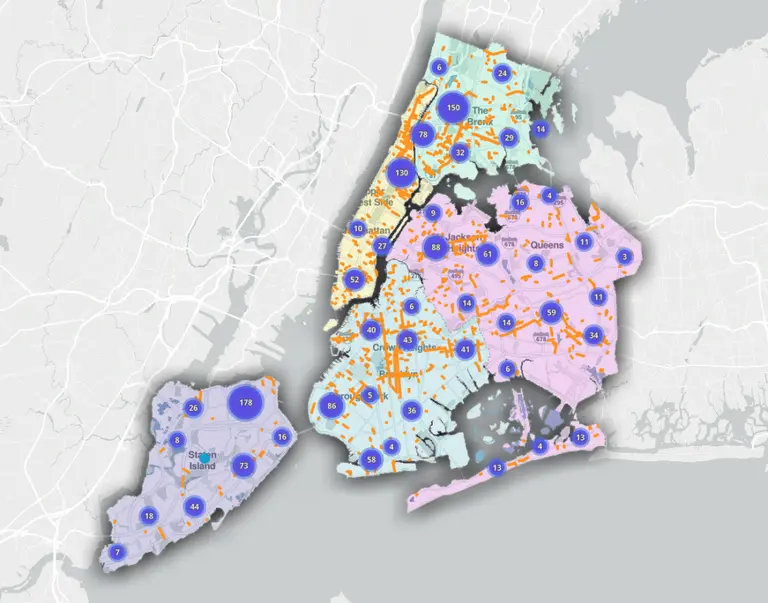For New York City rats, getting here is easy, surviving is tough

To investigate the question, “What is a New York City rat, and where did it come from?” the New York Times checks in with researchers at Fordham University, led by Jason Munshi-South, who have embarked on a rat-tracking study to find the answer to that very question (among others). It turns out that–much like the city’s millions of two-legged inhabitants–the answer is “everywhere,” from Galapagos and Brazil to New Zealand and Japan.
Getting us thinking about ancestry–and how we’ve all been immigrants at some point in our family history– the recently-published study reveals the results of the research, with some interesting implications and a few surprises. When DNA samples were used to sort 314 brown rats from 30 countries, researchers determined how different rat populations merged over time. And the findings? First, Norway rats, as the city’s brown rats have been categorized, aren’t really from Norway. They originally scampered the cold plains of northern China or Mongolia. When farming arrived, the rats got wise to the convenience factor centuries before Seamless. The population grew and migrated throughout Asia and, eventually, over land and by sea to Europe.
In the U.S., West Coast rats can look to Russia for their ancestry, the study found. Their progenitors likely arrived in the area’s fur trapping communities on ships beginning in the 1700s. But it was the European rats who really got the party going; with the rise of colonialism, the sun never set on rat migration, and the brown rats of New York can trace their origins to Western Europe (which could explain their weakness for pizza). European rats also headed to South America, Africa, New Zealand, and various Atlantic and Pacific islands.
Another surprise: Though our ports teem with brown rat visitors from around the world, the city’s current rat population shows little evidence of this. “You don’t see a lot of recent migrants arriving and reproducing,” according to the researchers. “There’s some force keeping them out.” Says Michael Kohn, an evolutionary biologist at Rice University, “It’s not hard to get there. But it’s hard to get in.”
The thinking is that the first wave of brown rats arrive in a city and plant the proverbial flag–brown rats are known to be territorial, snarly and altogether not very neighborly. When subsequent asylum-squeakers disembark in the city’s ports, they get the wall treatment (which reveals yet another way that rats and people have more in common than some of us would like to think). Dr. Munshi-South believes this could actually be defending us against diseases that arrive with the outsiders: “It’s unlikely that a lot of diseases are going to be entering cities on rats walking into the local rat population.”
[Via NYT]
RELATED:




























